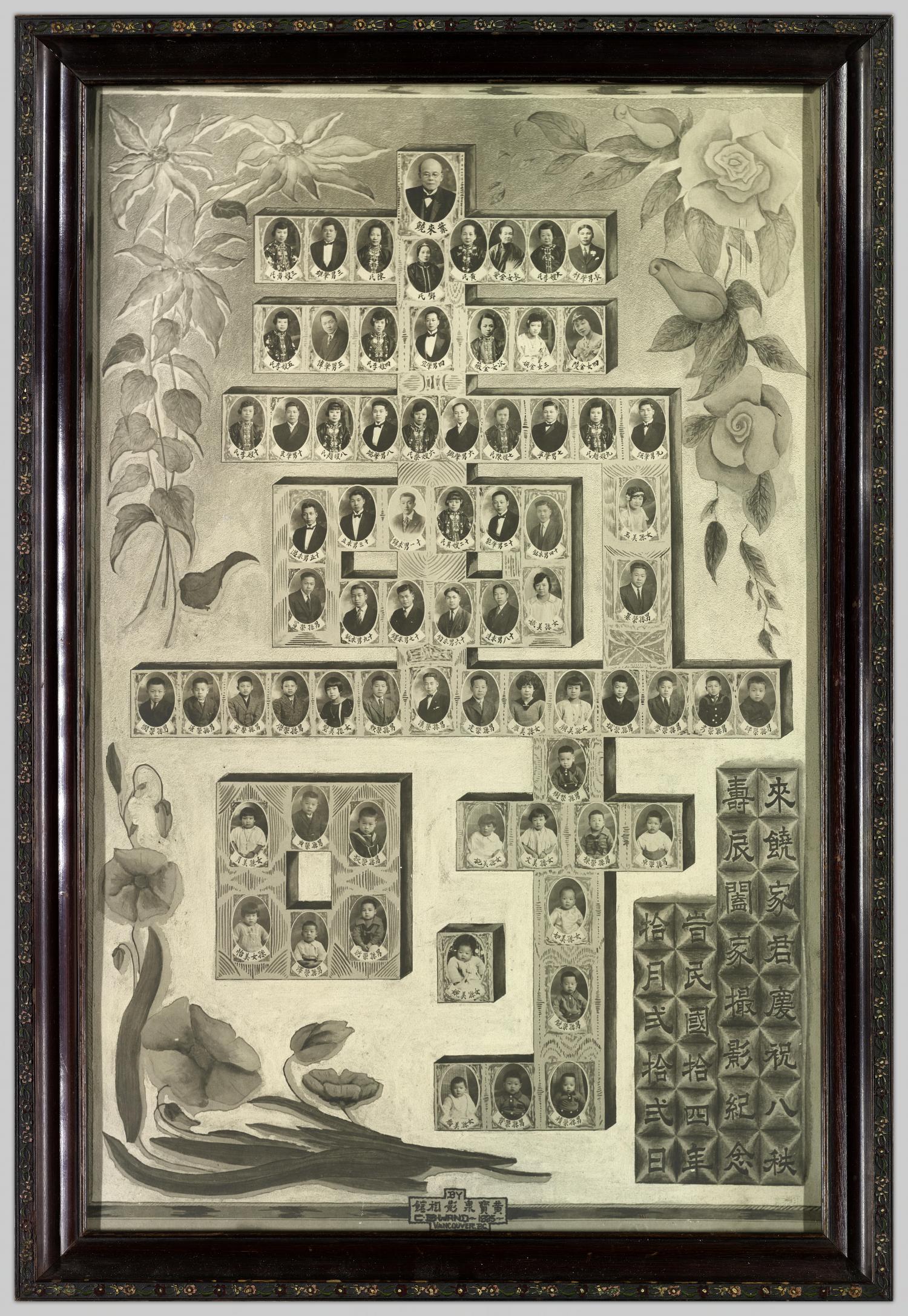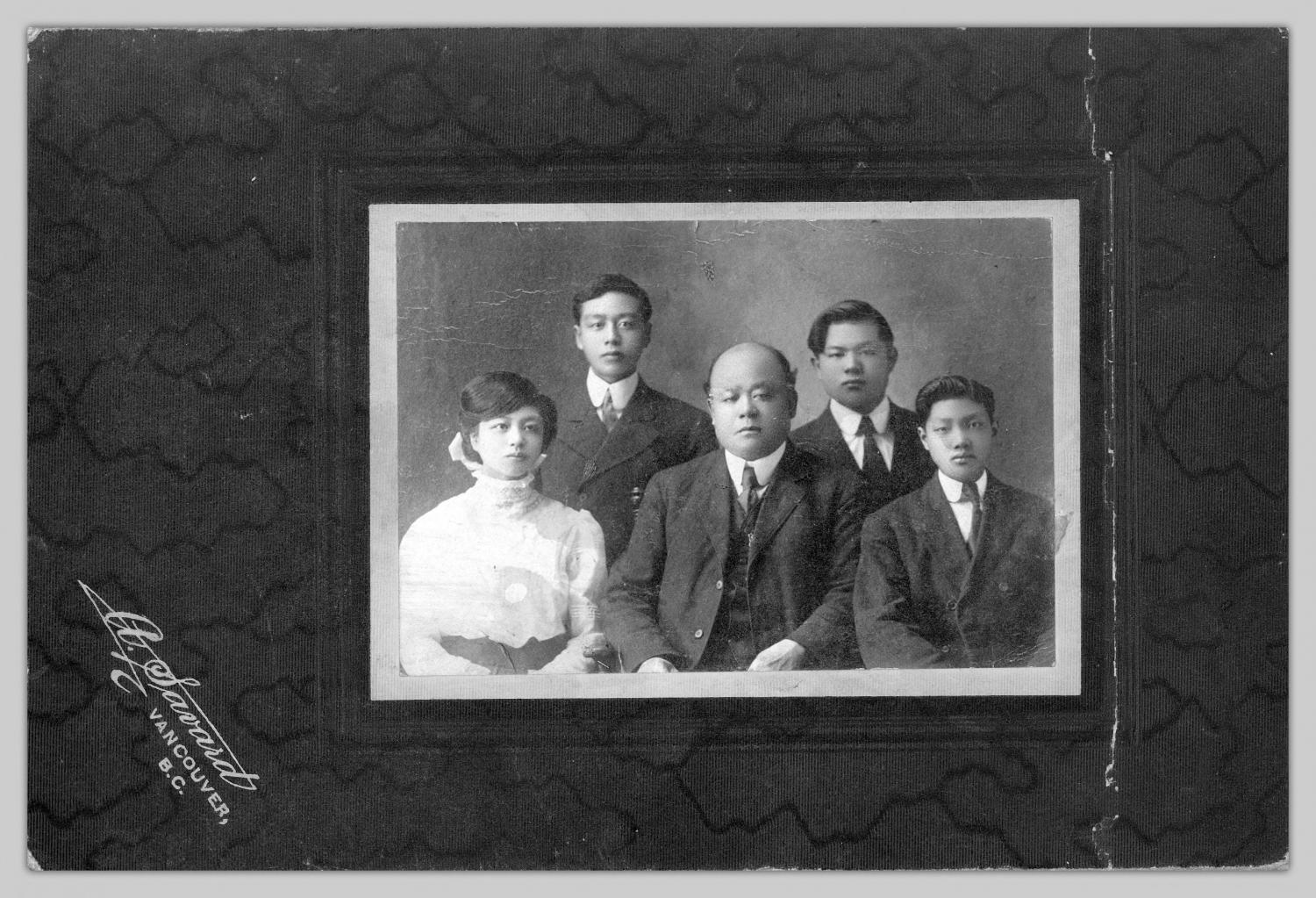Chinatown's Unofficial Mayor
Yip Sang flees China and makes a name for himself in Canada's Pacific province
Date: 1888
During the 1880s, thousands came from China’s Pearl River Delta region to British Columbia with dreams of fortune. Most toiled on the railway, hundreds died on the job, and some eventually found success. But one thing many had in common: Yip Sang. The “unofficial mayor” of Vancouver’s Chinatown recruited as many as 7,000 Chinese labourers to build the western end of the Canadian Pacific Railway, and test their luck in this new land, just as he had.
Born in the village of Shengtang in 1845, Yip’s childhood was marked by poverty, tragedy and social upheaval. Orphaned at a young age, by the time he was five, the Taiping Rebellion had just begun its long, bloody course. After his older sister was kidnapped, a 19-year-old Yip set sail for California in 1864, beckoned by the promise of "Gum San" or "Gold Mountain." He worked as a dishwasher, cook, cigar roller and gold miner. However, he never struck it rich. Not in California, nor later when he travelled to British Columbia or what became the Yukon.
After working a laundry list of humble jobs, including selling coal door-to-door in Vancouver, Yip landed a position with the Kwong On Wo company, which was contracted to recruit Chinese labour to construct the railway. He excelled in the role thanks to his English-language skills and business prowess. Eventually, Yip managed a contingent of more than 3,000 Chinese railway labourers tasked with some of the most dangerous work. This included blasting tunnels through the Rocky Mountains to make way for the track that would finally connect B.C. to the rest of Canada.
In 1888, Yip founded the Wing Sang Company. Dealing in a range of businesses from importing and exporting to labour contracting and fish canning, the firm became one of the four largest Chinese companies in Vancouver by the early 20th century. The entrepreneur also became closely involved in civil society, including helping establish the Chinese Benevolent Association. The organization, which remains active today, financially supported laid-off Chinese railway workers and defended the Chinese community's rights amid widespread bigotry, among other activities. Shortly before his death, he also spearheaded St. Joseph’s Oriental Hospital, a crucial resource for Chinese turned away by other clinics and hospitals.
Yip died in 1927 at the age of 82, a year before St. Joseph’s opened, and four years after the enactment of Canada’s Chinese Immigration Act. The anti-Chinese policy effectively shut the door to his countrymen until it was repealed in 1947, thanks in part to Yip’s 17th child, Dock Yip, Canada’s first Chinese-Canadian lawyer.
Sources:
1. “The Chinese Experience in British Columbia: 1850-1950.” University of British Columbia Library, www.library.ubc.ca/chineseinbc/yipsang.html.
2. Mackie, John. Canada 150: Yip Sang, the Unofficial Mayor of Chinatown. The Vancouver Sun, 16 June 2017, vancouversun.com/news/local-news/canada-150/canada-150-yip-sang-the-unofficial-mayor-of-chinatown.
3. Mackie, John. Yip Family Legacy Lives on in Renovation by Condo King. The Vancouver Sun, 1 Aug. 2008, www.pressreader.com/canada/vancouver-sun/20080801/281552286638215.
4. Stanley, Timothy J. Yip Sang . Dictionary of Canadian Biography, www.biographi.ca/en/bio/yip_sang_15E.html.
5. Xie, Elwin. The Life and Legacy of Yip Sang. Chinese Canadian National Council, 29 Apr. 2013, ccncourstories.wordpress.com/our-stories-features/yip-sang/.
6. “Yip Sang Collection.” Open Collections, University of British Columbia Library, open.library.ubc.ca/collections/yipsang.





